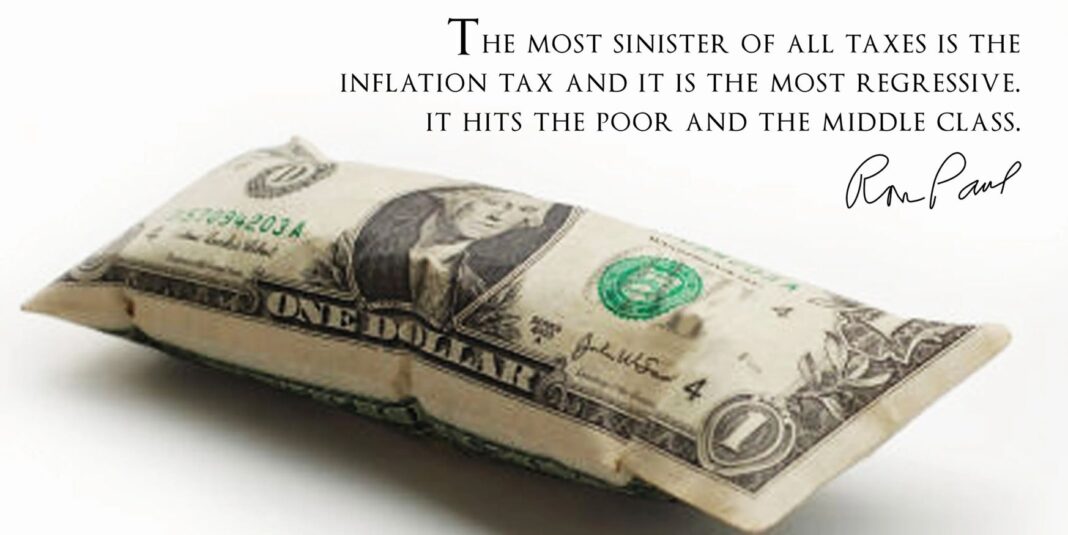
It may seem that everywhere you turn, costs are going up. Earlier this year, Chipotle raised its menu prices by about 4 percent. Food products were 2.4 percent more expensive in June 2021 than in June 2020. Used cars are creeping toward the typical tag of a new car, and rent prices are up 7.5 percent nationwide.
“We’re currently seeing price increases across the major segments that impact consumers’ wallets,” Henrique Aveiro, director of machine learning and AI at Insite AI, told The Epoch Times. Insite AI helps consumer goods manufacturers and brands with revenue cycle management and decision-making using artificial intelligence.
“The only food subcategory that had declining prices was cereals and bakery products,” Aveiro said.
Looking a little further down the line can also spark concern. PepsiCo reported its intent to raise prices in 2021. Toymakers Hasbro and Mattel echoed plans to increase prices during the second half of the year. Whirlpool’s appliances will get stickers with increases between 5 and 12 percent.
“Our data shows that inflation will grow more over the next couple of months as businesses recoup their pandemic losses,” Aveiro said.
While the rising prices may seem to indicate tough financial times ahead, knowledge of the causes behind the hikes can be powerful.
Inflation and Price Increases
Over the course of time, the cost of goods and services rarely remain steady. Prices typically rise approximately 2 or 3 percent from year to year during periods of low inflation. There have been times when inflation has caused prices to climb quickly, such as by 5 or 10 percent, from one year to the next. Occasionally prices fall too, which is known as deflation.
Pandemic-related lockdowns created disruption across the globe, shaking up supply chains, causing labor shortages, and spurring increases in the costs of commodities and employee wages. Lockdowns have also led to unique trends in the way people travel, work, shop, and spend their time and dollars. “There is no other contemporary period in history where we have seen so many major consumer habit shifts,” Aveiro said.
Even as the economy looks ahead to post-pandemic times, levels of uncertainty and supply difficulties remain. “Gas, vehicles, and transportation services are now recovering and with that comes a larger price tag,” Aveiro said. As workers return to their offices, the increased demand for gas could push prices to climb; airfare may also continue to creep upward in the months to come.






